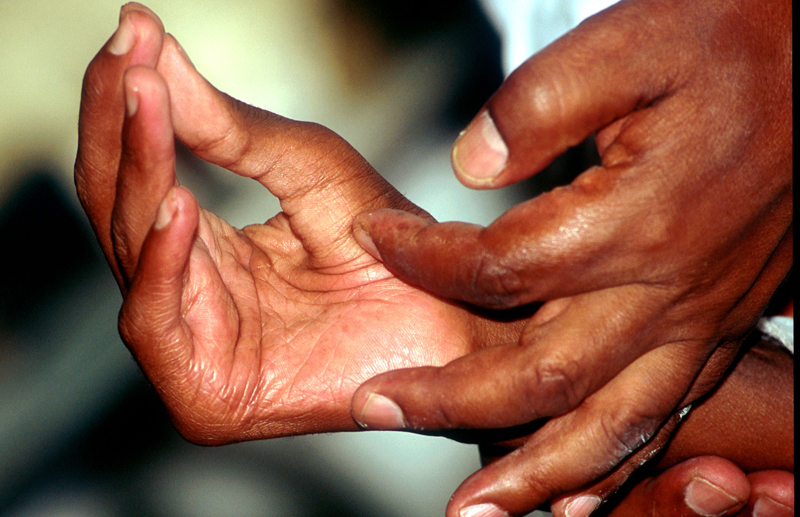Nepal among high-burden leprosy countries
Kathmandu, September 10
The World Health Organisation has called for renewed commitments and focused efforts to eliminate neglected tropical diseases -- kala azar, leprosy, yaws, lymphatic filariasis and schistosomiasis -- which continue to disable, disfigure and kill people in the WHO South-East Asia Region, which also includes Nepal.
“Though called neglected diseases, these are diseases of the people who are neglected, the poorest of the poor. Strong political commitments and renewed and focused efforts centred around the affected population are needed to control, eliminate and eradicate these diseases,” Dr Poonam Khetrapal Singh, regional director, WHO South-East Asia, said at a meeting of health ministers and senior health ministry officials from the 11 member countries, in Dili, East Timor.
Some of these neglected tropical diseases are fatal if not treated. Others leave the affected population disfigured and disabled, leading to discrimination, high stigma and often social isolation, pushing them further into poverty.
Stronger surveillance for early detection and appropriate treatment for prevention and cure of all the affected and at-risk population, is the mainstay of the NTD elimination strategies. This needs robust programme management, especially at the sub-national level.
Renewed efforts should seek multisectoral collaboration and engage the non-health sectors to address various social determinants of NTDs, Dr Khetrapal Singh said.
Among the NTDs, though progress is being made against leprosy, the disease continues to be endemic in all countries of the region, which reported 155,000 cases, 73 per cent of the global cases, in 2013. Nearly 126,000 cases were reported from India. Six countries in the region -- India, Bangladesh, Indonesia, Myanmar, Nepal and Sri Lanka are amongst high burden leprosy countries, reporting more than 1,000 new cases annually. The region alone accounted for 60 per global leprosy disabilities in 2013.
As many as 60 million people in the region are infected with lymphatic filariasis which is half the global case count. About 700.9 million people in the region are at risk of lymphatic filariasis with the disease being endemic in nine countries, all except for Bhutan and the Democratic People’s Republic of Korea.
The WHO South-East Asia Region reports around 10,000 cases of kala-azar every year. Nearly 147 million people are at risk of kala-azar with the disease being endemic in parts of Bangladesh, India and Nepal.






